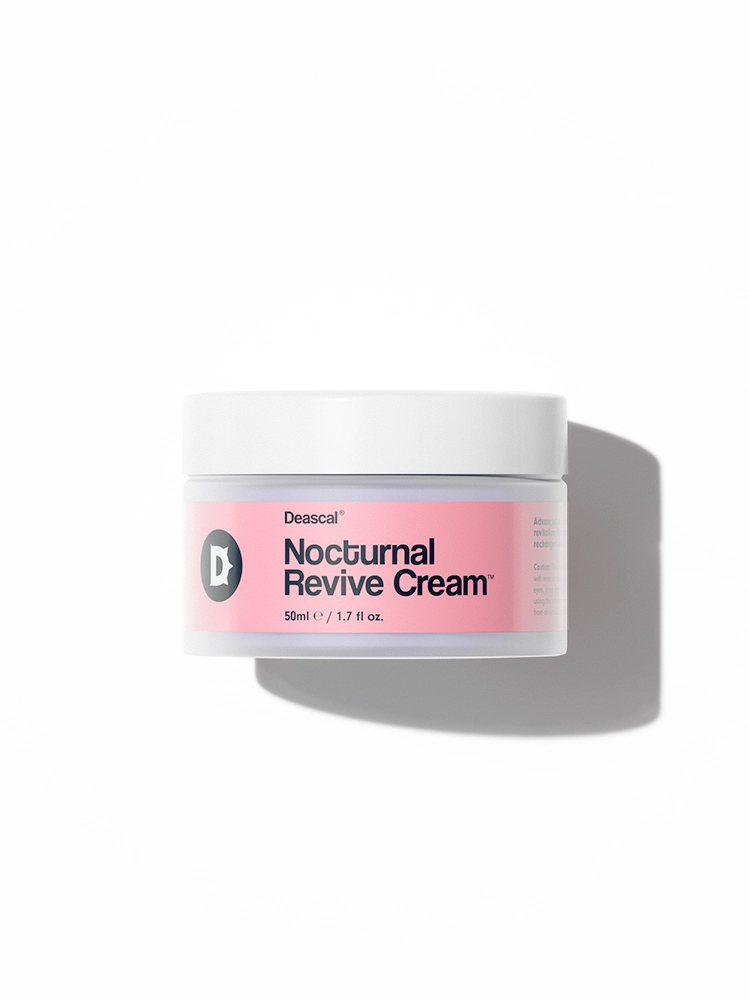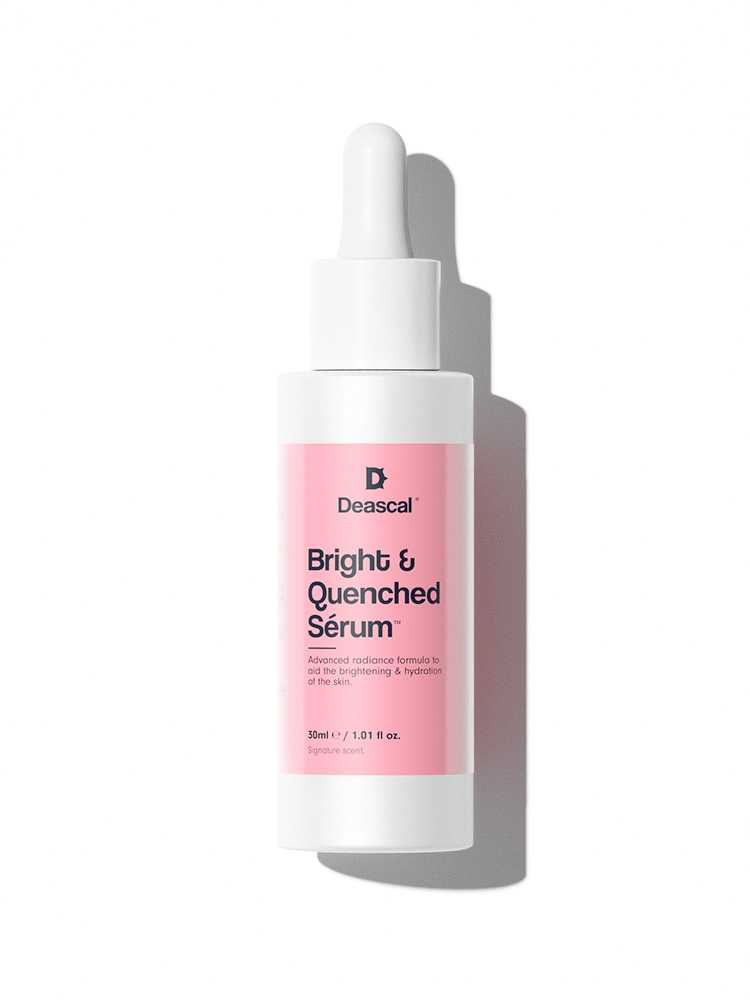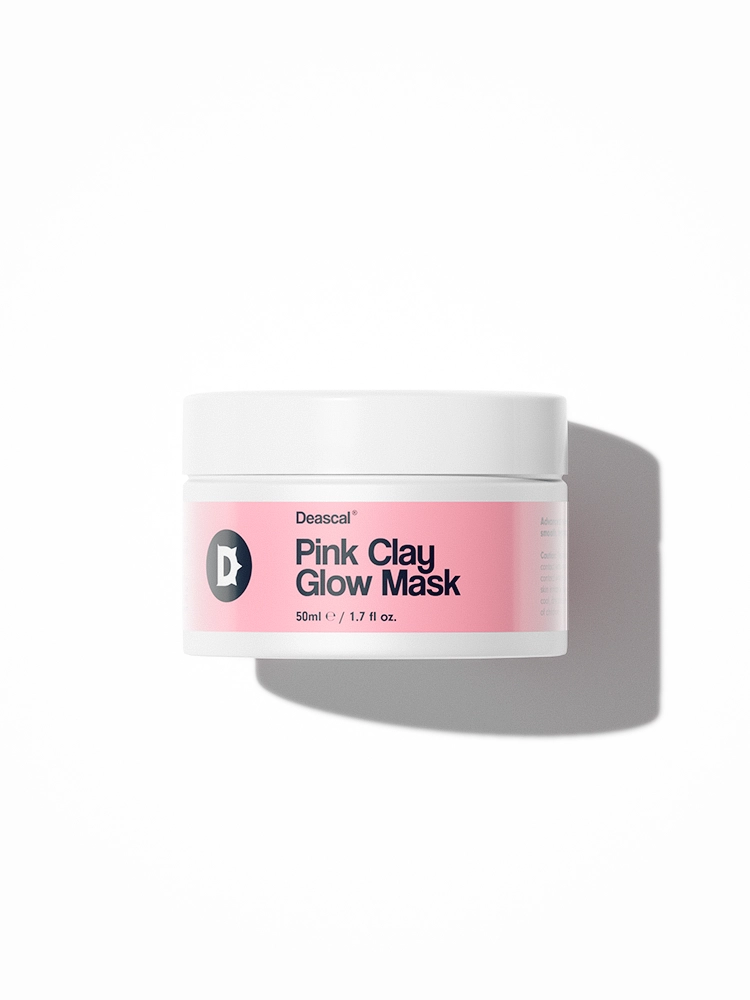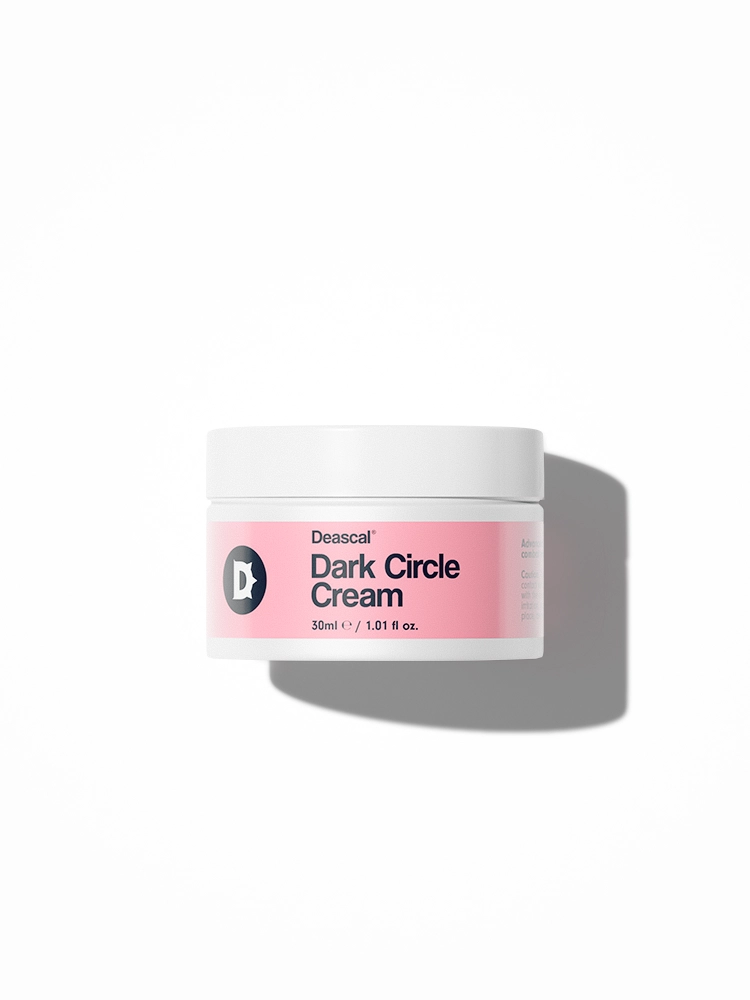What is Dihydroxyethyl Stearyl Glycinate?
Dihydroxyethyl Stearyl Glycinate, also known by its chemical name (Carboxymethyl)bis(2-hydroxyethyl)octadecylammonium hydroxide, is a synthetic compound commonly used in the cosmetic industry. This ingredient is primarily sourced from fatty acids derived from natural oils, such as coconut or palm oil, which are then chemically modified to produce the final compound.
The history of Dihydroxyethyl Stearyl Glycinate in cosmetics dates back to the increasing demand for multifunctional ingredients that can enhance the performance of hair care products. Initially, the focus was on finding compounds that could provide both conditioning and antistatic properties, which led to the development and incorporation of this ingredient into various formulations. Over time, it has become a staple in many hair conditioners, shampoos, and styling products due to its dual functionality.
The production of Dihydroxyethyl Stearyl Glycinate involves a series of chemical reactions. It starts with the esterification of stearic acid, a fatty acid, with ethylene glycol to form a diester. This diester is then reacted with glycine, an amino acid, in the presence of a catalyst to produce the final compound. The process is carefully controlled to ensure the purity and effectiveness of the ingredient, making it suitable for use in a wide range of cosmetic products.
The Benefits/Uses of Dihydroxyethyl Stearyl Glycinate
In this section, we will delve into the officially recognized cosmetic benefits and uses of Dihydroxyethyl Stearyl Glycinate:
Antistatic
One of the primary benefits of Dihydroxyethyl Stearyl Glycinate is its antistatic properties. In simple terms, this means it helps to reduce or eliminate static electricity in your hair. If you’ve ever experienced the frustration of flyaway hairs or hair that clings to your clothes, you’ll appreciate this benefit. By neutralizing the electrical charges that cause static, this ingredient helps keep your hair smooth and manageable, making it easier to style and maintain throughout the day.
Hair Conditioning
Dihydroxyethyl Stearyl Glycinate also serves as a hair conditioning agent. This means it helps to improve the texture and appearance of your hair, making it feel softer and look shinier. It works by coating the hair shaft, which can help to smooth out the cuticle and reduce frizz. This conditioning effect can be particularly beneficial for those with dry or damaged hair, as it helps to restore moisture and improve overall hair health.
Note: the listed benefits above are exclusively based on the officially recognized and defined functions of the ingredient, as documented by the International Nomenclature of Cosmetic Ingredients (INCI).
Potential Side Effects & Other Considerations
Dihydroxyethyl Stearyl Glycinate is generally considered safe for use in cosmetic products. However, as with any ingredient, it is important to be aware of potential side effects and considerations.
- Skin irritation
- Allergic reactions
- Contact dermatitis
Regarding individuals who are pregnant or breastfeeding, data and research on the topical usage of Dihydroxyethyl Stearyl Glycinate during pregnancy are lacking. Therefore, it is advisable for pregnant or breastfeeding women to consult a healthcare professional for further advice before using products containing this ingredient.
Adverse reactions to Dihydroxyethyl Stearyl Glycinate are relatively uncommon. However, it is always recommended to perform a patch test before widespread usage to ensure that your skin does not react negatively to the ingredient.
In terms of comedogenicity, Dihydroxyethyl Stearyl Glycinate has a rating of 1 on a scale of 0 to 5, where 0 is totally non-comedogenic and 5 is highly comedogenic. This means it is unlikely to clog pores and is generally suitable for people who are prone to acne, blemishes, or breakouts.




